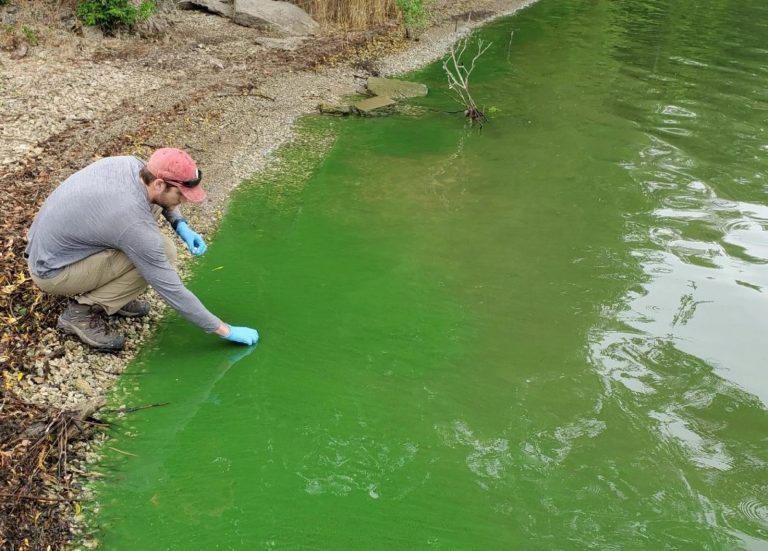
Cattle Chat: Stretching feed resources
MANHATTAN — When consumers are trying to extend their buying dollar at the grocery store, meal planning and shopping the sale items are two ways that they can manage their spending to get the most for their money.In a similar way, some cattle producers are already looking at ways to extend their feed resources because of the lack of moisture that may have cut those supplies short, said the experts at Kansas State University’s Beef Cattle Institute.Speaking on a recent Cattle Chat podcast, K-State beef cattle nutritionist Phillip Lancaster recommends turning out the cattle on crop residues as a way to extend the time before they need to feed them hay.“Grazing corn or sorghum stalks are a good feed resource for cows in mid-gestation that have their calves weaned off already,” Lancaster said.Another option he mentioned was the fall planting of cool-season annuals.“Those cool season annuals should provide some early grazing options in the spring assuming we get enough moisture for them to grow,” Lancaster said.If those strategies are not options, K-State veterinarian Bob Larson suggests producers limit the number of hours in the day that the cows are given access to hay.



